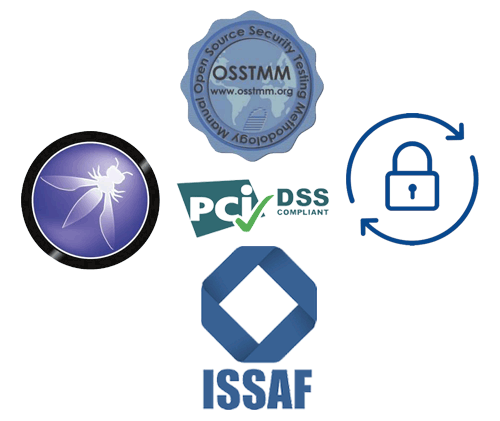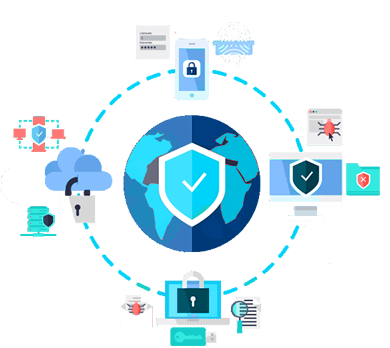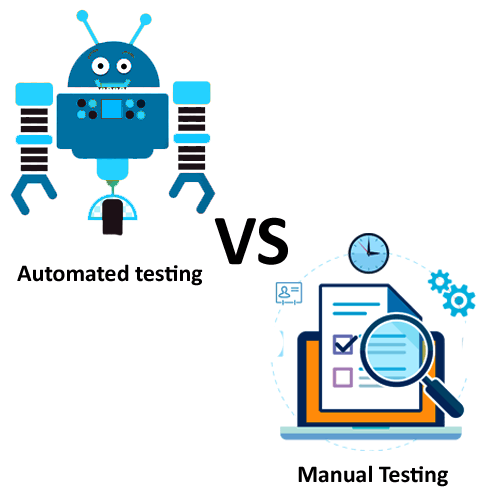Work with Expert Web Pentesters
We are a Web Pentesting Company
In an era marked by incessant cyber threats, safeguarding web applications is not just a priority but a necessity. This exhaustive guide aims to provide a thorough, step-by-step exploration of Web Application Penetration Testing (Web App PenTesting), ensuring a detailed understanding of the process. This article is designed as a definitive resource for technology teams, penetration testers, and security experts.
Navigating the Web Application Security Landscape
1.1 Penetration Testing Unveiled:
Penetration testing, often referred to as pen testing, is a proactive approach to identifying and exploiting vulnerabilities within a web application's security infrastructure. To elucidate, imagine a scenario where a cybersecurity professional, the penetration tester, acts as a simulated adversary attempting to breach the application's defenses.
1.2 The Role of Security Experts:
Security experts play a pivotal role in steering penetration testing endeavors. Their expertise encompasses a comprehensive understanding of the technology stack, coding practices, and emerging threats, making them instrumental in fortifying digital assets against potential breaches.

Preliminary Steps for a Robust Penetration Testing Engagement

2.1 Project Scope Definition:
Imagine a scenario where a cybersecurity company is tasked with conducting a penetration test for a prominent e-commerce platform. The project scope involves clearly defining the web services, such as user authentication, payment processing, and inventory management, to be scrutinized.
2.2 Information Gathering:
The reconnaissance phase is akin to gathering intelligence before embarking on a mission. In our hypothetical example, the penetration tester utilizes advanced tools to collect information about the e-commerce platform, including IP addresses, domain names, and potentially vulnerable technologies.
Delving into the Depths of Vulnerability Assessment
3.1 Web Application Mapping:
Imagine the web application as an intricate maze. The penetration tester meticulously maps the structure, identifying entry points, APIs, and various components. This step involves creating a detailed blueprint that aids in subsequent testing phases.
3.2 Automated Scanning:
Automated vulnerability scans are like sending out drones to survey the landscape. Employing cutting-edge tools, the penetration tester systematically probes for common vulnerabilities, such as SQL injection and cross-site scripting. The hypothetical e-commerce platform might reveal vulnerabilities in its payment processing system during this phase.
3.3 Manual Testing:
Going beyond automated scans, manual testing is the hands-on inspection of the maze's twists and turns. Our penetration tester, equipped with deep technical knowledge, delves into parameter tampering and session manipulation to uncover vulnerabilities that automated tools might miss.




